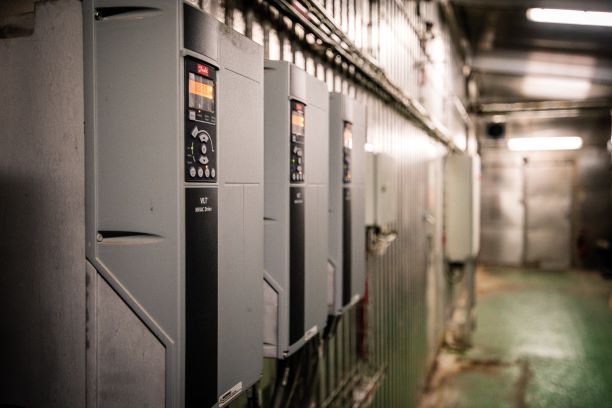
This guidance document has been produced to explain the difference between ISPM15 compliant (heat-treated) and kiln-dried pallets.
ISPM15 Protection of International Ecosystems
Due to the global transport of palletised goods, there is the potential for pests found in untreated, imported wood to endanger the tree population of a country and threaten a whole ecosystem.
For this reason, the International Plant Protection Convention (IPPC), initiated by the Food and Agriculture Organization (FAO) of the United Nations, adopted the International Standard for Phytosanitary Measures No 15 (ISPM 15). This standard lays the foundations for harmonising international phytosanitary measures by specifying treatments permitted for exterminating organisms that are harmful to forests.
ISPM15 heat treatment carried out on timber pallets is natural and environmentally friendly; it does not use any chemicals. This heat treatment (HT) involves placing pallets in a chamber where the wood is subjected to the following;
The core temperature of the wood must reach a minimum of 56°C for at least 30 minutes.
This eliminates all harmful organisms likely to attack standing plants.
Compliance with the ISPM15 standard is demonstrated with the branded marking each individual pallets, as shown below:
ISPM15
ISPM15 stands for International Standards for Phytosanitary Measures for wood packaging in the international movement of goods. 182 countries have committed to comply with ISPM15. It has been very successful in preventing the introduction of wood pests into foreign ecosystems
Key Facts
Kiln Dried Pallets
Kiln drying is used to reduce the moisture content in the wood. Pallets are stacked inside large heating chambers (kilns) and then heated slowly to evaporate excess moisture. It is a type of curing process following a sophisticated programme which prevents distortion of the timber as it dries.
The goal is moisture reduction, not pest eradication. However, in most kilning processes, the ISPM15 criteria are met during the drying process. The final average moisture content to which pallets are dried will vary depending on their intended end-use.
Drying cycle times vary because living trees (standing timber) contain a large amount of water which varies between species. The moisture content will also change from season to season in standing timber and will vary between different parts of the tree such as the sapwood and the heartwood. The water is held in the cellular structure of the wood, which is made up of cell cavities and cell walls.
Some reasons for drying wooden pallets and packaging are:
Brexit – Implications
It is important to bear in mind, that when the United Kingdom leaves the European Union, it will no longer “enjoy” the plant health exemption we have since ISPM 15’s introduction in 2002.
If there is a no-deal Brexit, then any goods being exported to the EU will have to be ISPM15 compliant. The EU exporters will also have to ensure that any pallets they use are also ISPM15 compliant.
Our trade association, TIMCON, has been in discussion with DEFRA, and there are various statements on www.timcon.org and the www.gov.uk
The essence of which will be that as wood packaging material is a low risk to plant health the level of inspection will be in accordance with the risk.
However, the industry, including UK and EU manufacturers, will have and have been working to achieving 100% ISPM15 compliance.
Reference Documents
TIMCON – Dry Pallet – Process Standard For Wooden Pallets
TIMCON – Best Practice Guide – For Users of Wooden Pallets
Scott Pallets – Guidance Notes Re Blue Stain / Mould & Kiln Drying
Scott Pallets – Kiln Drying Options
Forestry Commission – UK Wood Packaging Material Marking Program